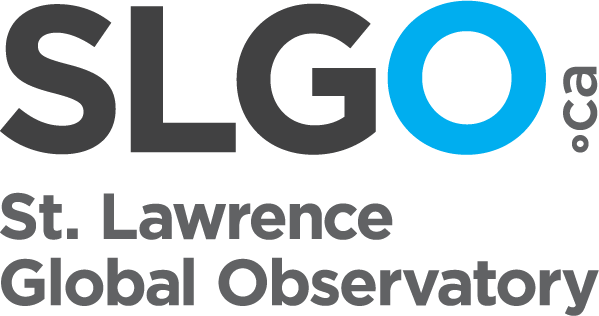Species characterization by environmental DNA (eDNA) is a method that allows the use of DNA released into the environment by organisms from various sources (secretions, faeces, gametes, tissues, etc.). It is a complementary tool to standard sampling methods for the identification of biodiversity. This project provides a list of invertebrate species whose DNA has been detected in water samples collected in 2018 using the mitochondrial marker COI.
The surveys were carried out in the summer of 2018 from August 11 to 14, between Forestville and Godbout (Haute-Côte-Nord) from the vessel CCGC Leim. Sampling was carried out between 9-52 meters depth in 40 stations with one sample par station. Two liters of water were filtered through a 1.2 µm fiberglass filter. DNA extractions were performed with the DNeasy Blood and Tissue extraction kit (Qiagen). Negative field, extraction and PCR controls were added at the different stages of the protocol. Libraries at the COI locus were prepared by Genome Quebec and sequenced on an Illumina MiSeq PE250 system. The bioinformatics analysis of the sequences obtained was carried out using an in-house analysis pipeline as reported in Bourret et al. 2022. A first step made it possible to obtain a molecular operational taxonomic unit table (MOTU) using the Cutadapt software for the removal of the adapters and the DADA2 R package for the filtration, fusion, chimera removal and data compilation. The MOTUs table was subsequently corrected by taking into account the negative controls, where the number of observations in the latter was removed from the linked samples. Singleton MOTUs have also been removed. Finally, the taxonomic assignments were carried out on the MOTUs using the IDTAXA classifier (present in the DECIPHIER R package) using a training set trained on the COI reference bank for Gulf of St. Lawrence and a threshold of 40. Detections with an “Unreliable due to gaps'' category were reported at the genus level only.
The file provided includes generic activity information, including site, station name, date, marker type, assignment types used for taxa identification, and a list of taxa or species. The list of taxa has been verified by a biodiversity expert from the Maurice-Lamontagne Institute.
This project was funded by Fisheries and Oceans Canada's Coastal Environmental Baseline Program under the Oceans Protection Plan. This initiative aims to acquire baseline environmental data that contributes to the characterization of significant coastal areas and supports evidence-based assessments and management decisions to preserve marine ecosystems. Consult the dataset also available on the Open Data Canada portal.
 10.26071/ogsl-cd4c205b-f63b
10.26071/ogsl-cd4c205b-f63b



